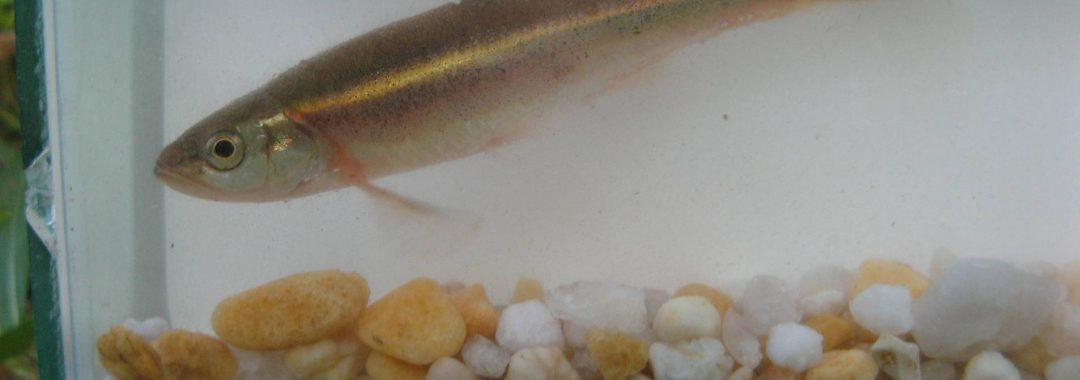Citation: Drake, D.A.R., and M.S. Poesch. 2018. Seasonal Movement of Redside Dace (Clinostomus elongatus) in relation to abiotic and biotic factors. DFO Can. Sci. Advis. Sec. Res. Doc. 2018/nnn. vi + xxx p.
Abstract
Most animal populations are composed of stationary and mobile individuals, which can influence metapopulation structure and the spatial distribution of mortality. We investigated the incidence of stationarity and mobility in two relatively stable populations of Redside Dace (Berczy Creek and Leslie Tributary) in the Rouge River drainage in Canada. Multiple linear regression was used to determine if stationarity and mobility were related to stream flow attributes (mean and 90th percentile of daily discharge; stream flow flashiness). For the mobile fraction of the population, we developed spatial interaction models to determine the abiotic (aquatic habitat variables) and biotic variables (species-level CUE of the fish assemblage) associated with movement. Results indicated a high level of movement synchrony among populations, with generally similar stationarity and movement bias depending on season. Stationarity ranged from a high of 0.74 and 0.67 (spring 2007, Berczy and Leslie, respectively) to a low of 0 and 0.07 (October – early May and early – late May, Berczy ; October – early May, Leslie). Stationarity was only weakly negatively related to stream flow attributes (mean and 90th percentile of daily discharge), while movement bias was weakly positively and negatively related to stream flow. At the reach level, spatial interaction models indicated that distance and biotic factors (CUE of Creek Chub, Common Shiner, and White Sucker) were important predictors of the probability of moving to a reach, as were aquatic habitat variables (standard deviation of reach volume (positive), mean and standard deviation of depth (positive), and mean stream width (negative)). Results indicate that factors operating at different spatial and temporal scales (stream flow, species CUE, reach-level habitat) influence stationarity and mobility of Redside Dace, yet a substantial amount of movement variation remains unexplained by environmental factors. Future work is needed to resolve the implications of stationarity and mobility on individual and population-level mortality so that projections of extinction risk can be refined.

